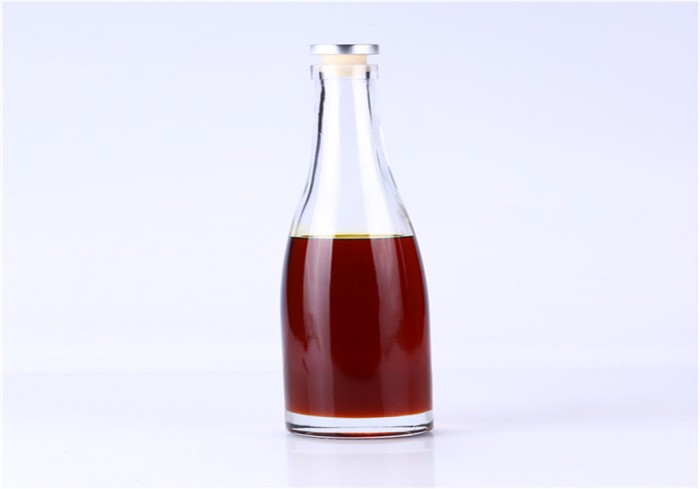The Role Of Soy Lecithin In Feed
Published on Dec. 02, 2019
Soy lecithin, also known as soy yolk, is a glycerol glyceride containing a phosphate group and is a by-product of the process of refining soybean oil. Soy lecithin is a component of the cell membrane, enhances the ability of cell information transmission, improves brain vitality, enhances the cell membrane's ability to repair itself, protects the liver, and resists external aggression. So what is the role of soy lecithin in feed? Soybean Lecithin Powder Supplier will tell you next.
What is the role of soy lecithin in piglet feeding? In modern pig production, large-scale pig farms have gradually adopted ultra-early weaning or early weaning (most of us are weaned at 4 weeks of age). Early weaning can increase sow annual productivity, reduce feeding costs, and increase pig production efficiency. Adding fat to the piglet diet is beneficial to ensure that weaned piglets achieve the maximum growth genetic potential, and it can also alleviate the weaning stress of piglets. Adding emulsifiers to the piglet diet can promote the emulsification of fat in the intestine, in order to improve the digestion of lipase and thereby improve the utilization of fat. The apparent digestibility of piglets to breast milk and dietary fats is very different. One important reason may be that breast milk fats are highly emulsified, which is not the case for diets. Weaned piglets have a small amount of bile secretion and limited emulsification ability. Adding phospholipids to the diet can promote the emulsification of fat in the small intestine, improve the digestion of lipase, and improve the utilization of fat.
Soy Lecithin Feed Grade
In aquaculture, Soy Lecithin Feed Grade can prevent fatty liver, fish nutritional fatty liver severely affects its own growth, reduces meat quality and disease resistance. The physiological reason of fatty liver syndrome is mainly the lack of phospholipids, because phospholipids are very important for fat metabolism. The phospholipid molecules have emulsifying properties. The unsaturated fatty acids contained in them can esterify cholesterol and regulate the transport and deposition of fat and cholesterol in the blood. . Phospholipids can effectively promote the growth of larvae and increase their survival rate. The feed formula contains 2% soybean modified phospholipids, which makes the feed particularly attractive and the fish grow fast. Adding different levels of phospholipids to the feed, as the feed phospholipid level increases, the growth performance tends to increase. Adding soybean phospholipids to larval feed can play a role in promoting larval growth and improving its survival rate, especially for some valuable fish species, which can reduce the economic risk of its breeding. However, depending on the type of fish, attention should be paid to changes in the amount added. Phospholipids in the feed can promote the use of cholesterol by crustaceans and increase the growth and survival rate of crustaceans. Adding phospholipids (such as soy phospholipids) to the feed can promote the metabolism of cholesterol in the shrimp (especially from the liver and pancreas to Xie lymph). Adding soybean phospholipids to shrimp feed can promote growth, improve feed efficiency and survival rate; meanwhile, it also promotes protein digestion in feed, and improves utilization rate. According to the National University of Singapore research, adding 1% degreasing phospholipid to the diet of female crabs can significantly improve the hatchability of crab eggs and the survival rate of juvenile crabs, while adding sufficient lecithin to the early diet of farmed crab It plays a key role in smooth hulling. Phospholipids can effectively promote the growth of larvae and increase their survival rate. Adding appropriate amount of soybean phospholipid to feed can improve slaughter rate, reduce abdominal fat and improve meat quality. Adding soy phospholipids in the feed can improve body fat and reduce the content of crude fat. Correspondingly, it can increase the nutritional value of fish and improve the taste.
The above is the application of soy lecithin in feed introduced by Food Grade Soy Lecithin supplier, I hope to help everyone.



